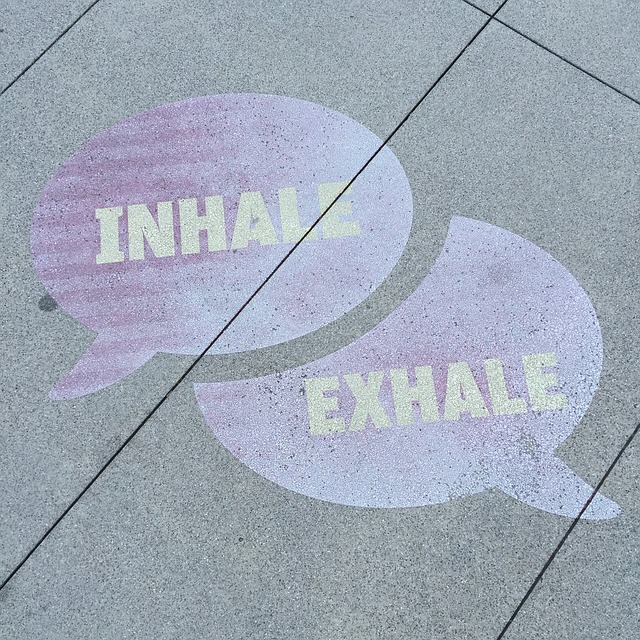 MS asks: "What is Holotropic Breathworks and how dangerous is it?"
MS asks: "What is Holotropic Breathworks and how dangerous is it?"There are definitely risks involved in the practice of Holotropic Breathwork™ because it is intended to induce an altered state which can be dangerous for people with certain mental and physical conditions.
For those who have never heard of it, Holotrophic Breathwork (HB) was invented by psychiatrists Stanislav and Christina Grof in the 1970s. The Grofs were pioneers in researching the clinical use of LSD in psychotherapy. Along with Abraham Maslow, Stanislav is considered a co-founder of the very New Age movement known as transpersonal psychology.
This how the authors of the Pontifical Document, Jesus Christ, Bearer of the Water of Life, describe transpersonal psychology:
"Trans personal psychology, strongly influenced by Eastern religions and by (Carl) Jung, offers a contemplative journey where science meets mysticism. To realize one’s potential, one had to go beyond one’s ego in order to become the god that one is, deep down. This could be done by choosing the appropriate therapy - meditation, para-psychological experiences, the use of hallucinogenic drugs. These were all ways of achieving ‘peak experiences’, ‘mystical’ experiences of fusion with God and with the cosmos" (No. 2.3.2.)
Grof and his wife, Christina, developed holotropic breathing when the use of LSD and other psychedelic drugs were banned in the 1960s. This new technique was meant to simulate the psychedelic experiences of LSD but without using the drug.
Grof defines holotropic as "that which leads to wholeness" and designed the technique to allow a person to experience deeper levels of their psyche. The practitioner uses a controlled breathing practice to induce an altered state of consciousness, the purpose of which is to obtain some kind of enlightenment.
According to the IAHIP (Irish Association of Humanistic and Integrative Psychotherapy) the deep fast breathing of Holotropic Breathwork™ "is used as a catalyst for the experience of a non-ordinary state of consciousness (NOSC). This state of consciousness is thought to be inherently healing and evolutionary, bringing to the surface any issues that need addressing and helping the client to resolve them in a creative way. Holotropic Breathwork™ has been called 'industrial strength meditation'.”
A typical session involves laying in a supine position on a mat in a quiet room that can be darkened. Whether it is done in a group of individual fashion, a session always involves a "sitter" and a "breather."
As VeryWellMind explains, "The breather is the person actively practicing and experiencing HB. The sitter ensures that the breather is safe and supported during the session. Either the sitter or a facilitator guides the session by giving directions to increase the speed and rhythm of the breather's breathing.
"The breather is told to breathe faster and deeper while keeping their eyes closed. While the speed of breathing increases, attention is paid to keep breathing even, which helps practitioners avoid complications from hyperventilating."
During the session, which can last several hours, repetitive music is played to encourage the breather to enter an altered state. "The music starts off with drumming, and eventually reaches a peak and switches to 'heart music'," VeryWellMind explains. "From there it eventually changes to meditative music."
Participants can derive their own meaning and self-discover from the session. "In addition to moving in any way that they want, breathers are encouraged to make any sounds that feel right to them. Afterward, participants draw mandalas about their experience and discuss what happened. This could be the re-experiencing of past trauma, feelings of joy, or the development of spiritual awareness. Essentially, the goal is for holotropic breathing to be a catalyst for bringing to the surface the most important issues a person needs to address."
Besides the spiritual risks of putting oneself into an altered state, persons with high blood pressure, angina, glaucoma, retinal detachment, epilepsy, recent surgery, aneurysms, panic attacks or psychosis, seizures, severe mental illness, and any condition that requires medication are cautioned to seek medical advice before practicing HB.
© All Rights Reserved, Living His Life Abundantly®/Women of Grace® http://www.womenofgrace.com
Send your New Age questions to newage@womenofgrace.com
